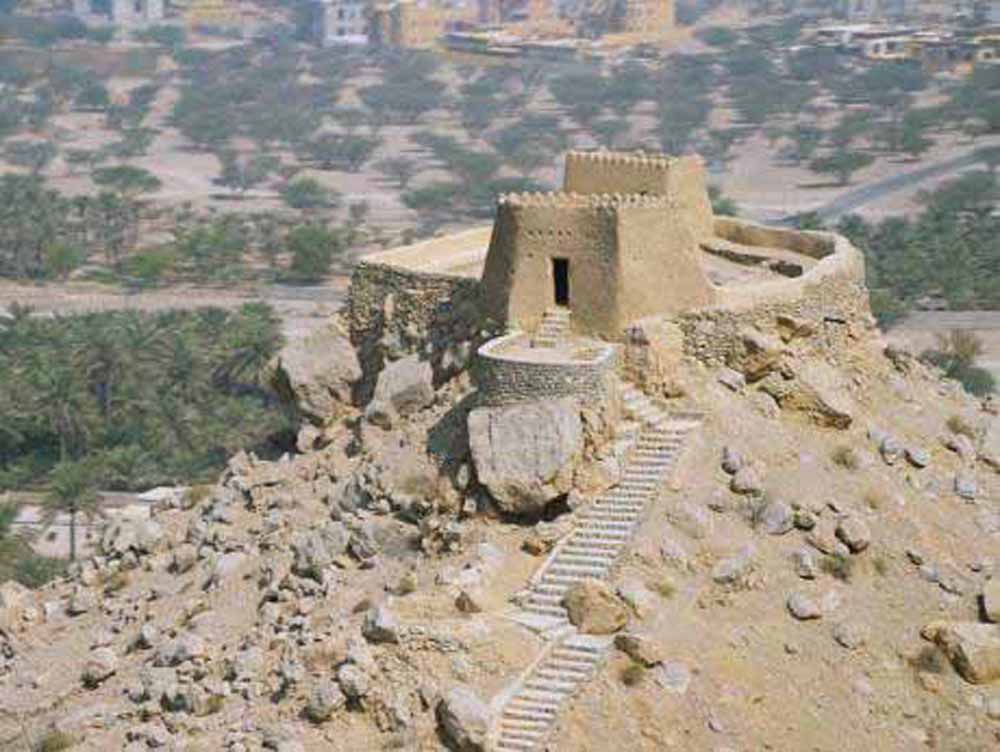Ras Al Khaimah adds archaeology to UAE’s tourism offerings
By viji Sunday, 13 December 2015 10:05 AM

RAK Tourism Authority to unlock 7,000-year-old sites
13 December 2015
Abu Dhabi: The UAE’s brand of hospitality has long been viewed as a lavish one; more luxury retail brands than you can name and all under the same roof, extravagant hotels, and neck-bendingly tall buildings in a country that has been dubbed as the “land of superlatives”.
However, the emirate of Ras Al Khaimah is working on adding a new offering to that glamorous mix; archaeology (7,000 years worth of archaeology).
According to Haitham Mattar, chief executive officer of Ras Al Khaimah’s Tourism Development Authority (RAK TDA), archaeological sites are going to be a “key differentiator and one of [the emirate’s] key offerings in the near future”.
“What we’re doing now is working really closely with the archaeology team in Ras Al Khaimah to unlock the massive opportunity and potential that we have within Ras Al Khaimah, which is one of the richest, if not the richest emirate, in archaeology and historical sites.
We have sites that date back 7,000 years, and we’re currently working on various restoration plans and bringing some of these sites that are low-hanging fruit to make them tourist-ready,” he said.
In an interview with Gulf News, Mattar said that the Authority is currently looking to tap into historical sites to allow tourists to connect with the UAE’s Arabian culture, which is very much alive in Ras Al Khaimah and has been preserved over the years.
While some sites can be unlocked within the next 12 months, others may take around three to four years.
“Some sites will take a little bit longer as the restoration process has to follow the same building materials and tools that were used in the past in order to make sure that [the sites] retain their identity,” the CEO said.
In the Middle East, archaeological sites are prominently concentrated in Egypt, Palestine, Jordan, Syria, and Oman. Mattar believes Ras Al Khaimah can bring about a unique proposition to that mix.
“I think Jordan’s Petra and some of the other countries that have very attractive historical sites have gone through different eras. Yes, Ras Al Khaimah has gone through 7,000 years, but it’s a different culture — you wouldn’t find Roman ruins in this part of the world, but it’s more of the Arabian sites,” he said.
The Authority has already started looking at potential source markets such as Europe as many Europeans seek to visit culture and heritage sites.
Guest demographics
Tapping further into niche markets, RAK TDA is also working on leveraging the emirate’s high altitudes to attract millennials looking for an adrenalin rush with activities such as mountain biking, extreme hiking, water sports, and cycling.
Currently, the emirate’s primary demographic is families.
“Ras Al Khaimah is focusing more and more on families, and this is where we find ourselves more competitive. The millennials is another segment that we can’t lose sight of because statistics show that they travel more — at least four times a year — and are attracted by adventurous opportunities and value for money accommodation, which Ras Al Khaimah is well-positioned for,” he said.
Geographically speaking, the UAE represents Ras Al Khaimah’s largest guest market — accounting for 49 per cent of visitors to the emirate. Visitors from the overall GCC region recorded a 51 per cent increase in arrivals — 29 per cent of whom came from Saudi Arabia.
Across the region’s borders, the emirate’s biggest source markets are Germany, the UK, Russia, and India.
Recovering
Asked about the impact of a depreciating Russian rouble on inbound tourism, Mattar said the fall in currency did take a toll on Ras Al Khaimah.
“In the beginning of the year up until the second quarter, we saw — and this is similar to other emirates — a drop of about 50 per cent from Russia. However, the [third quarter] was tremendous where we saw a four per cent growth from the Russian market, so it’s a signal that this market is now recovering.
The four per cent growth is a great indicator for us that this is a resilient market … and we’re cautiously optimistic on that market starting to come back slowly but surely,” he said.
TDA is currently working on tapping other international guest markets such as Turkey, Scandinavia, Poland, and China where the Authority sees “tremendous appetite”.




























Add new comment